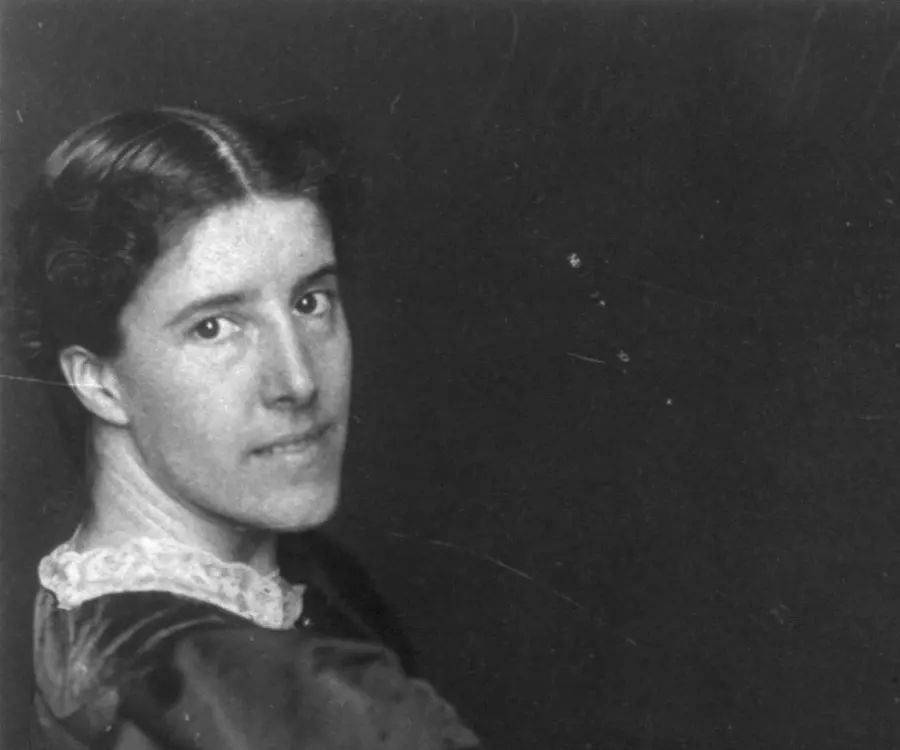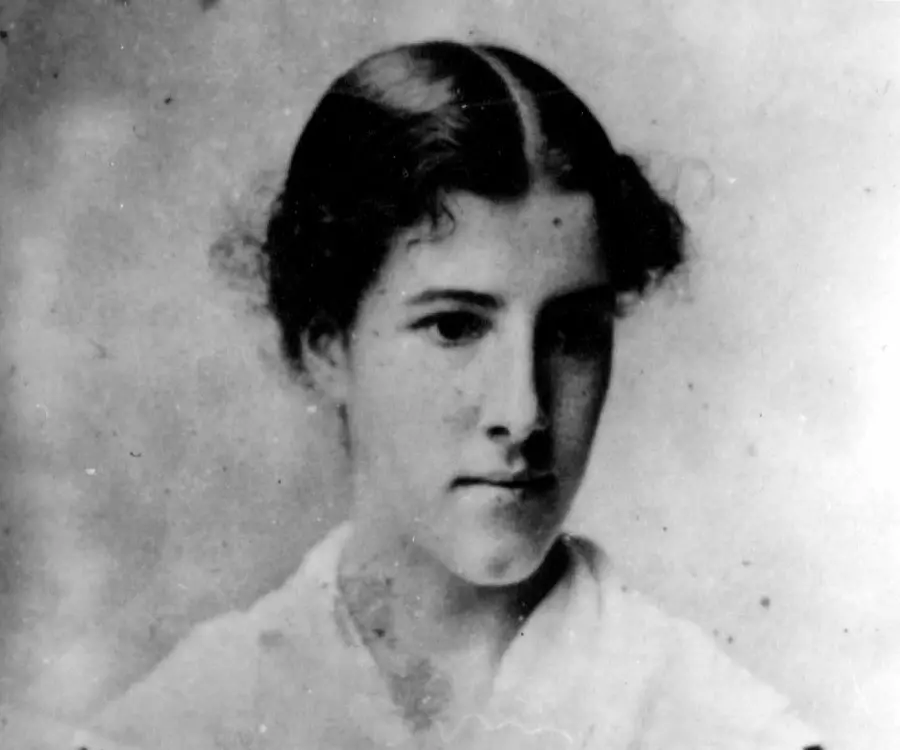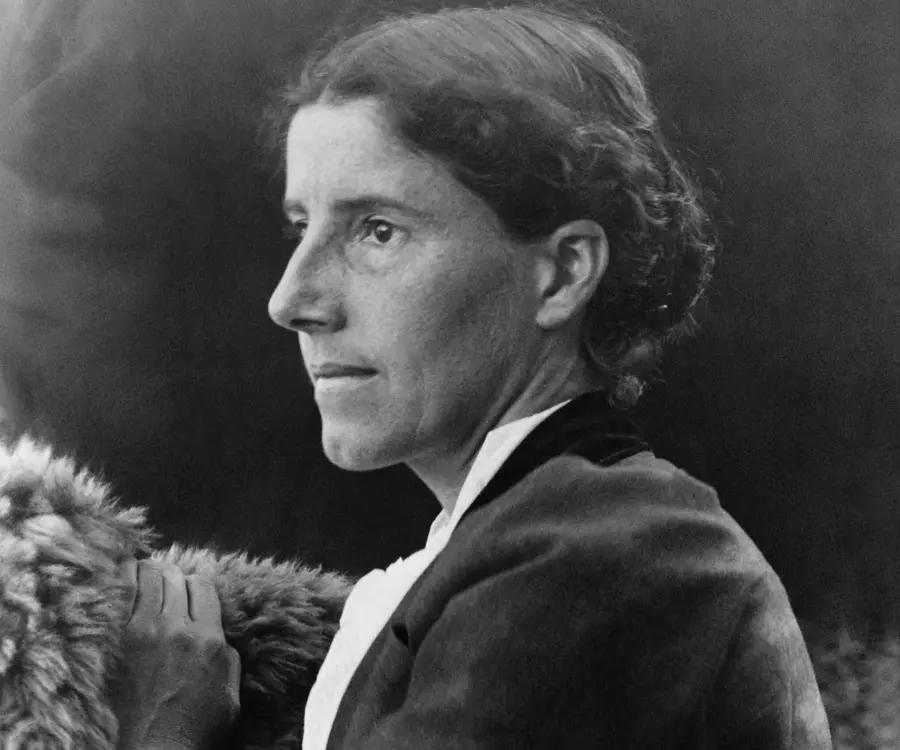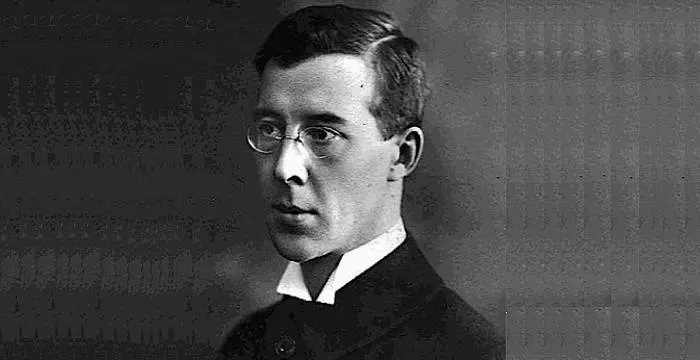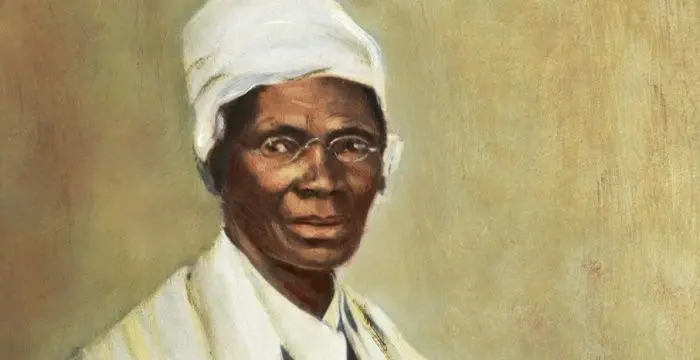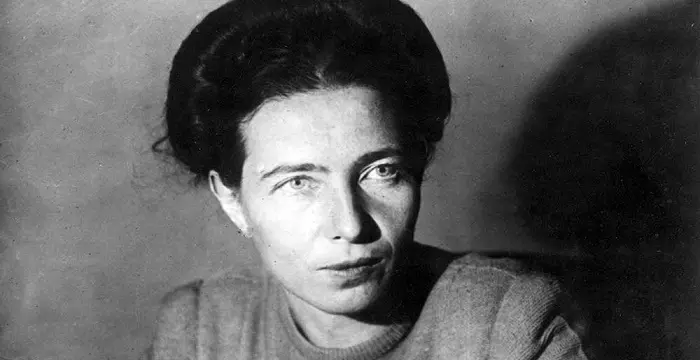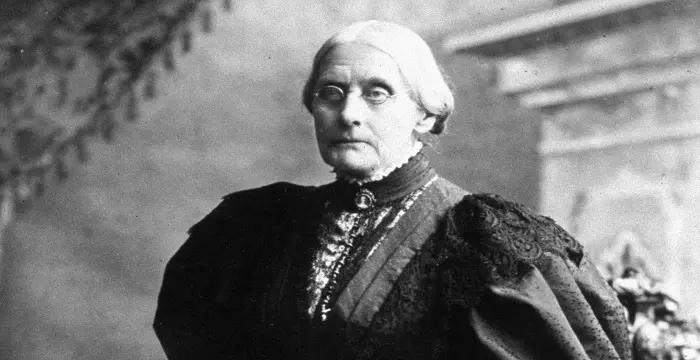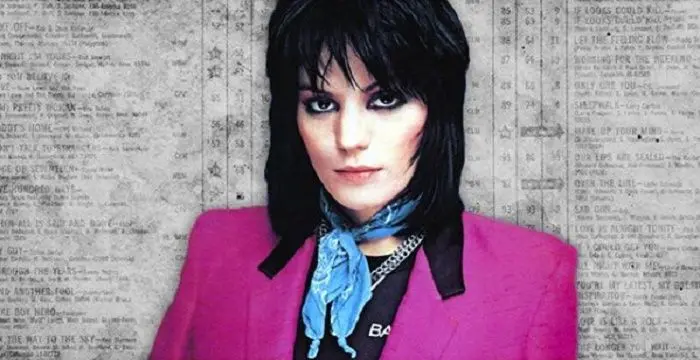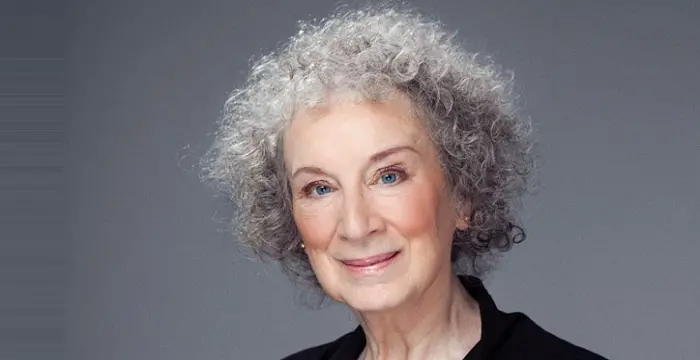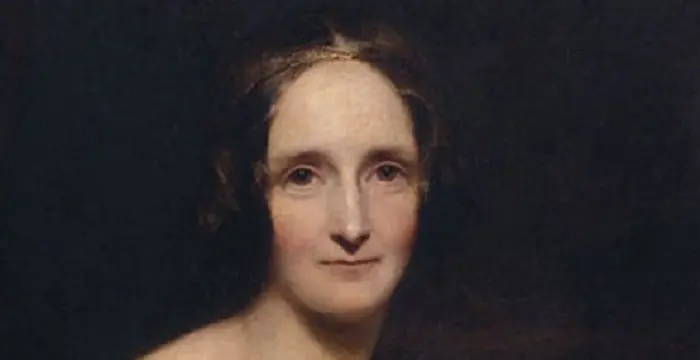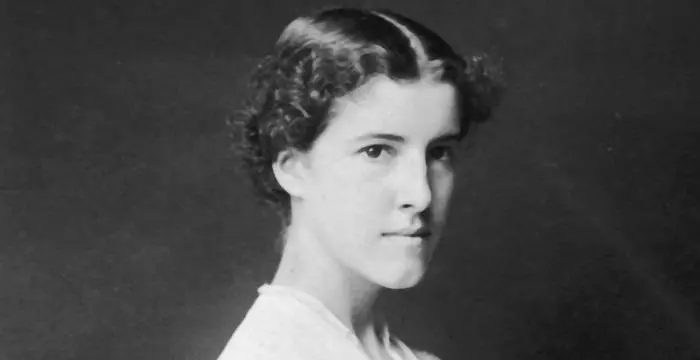
Charlotte Perkins Gilman - Feminists, Facts and Childhood
Charlotte Perkins Gilman's Personal Details
Charlotte Perkins Gilman was a famous American feminist, sociologist and novelist
| Information | Detail |
|---|---|
| Birthday | July 3, 1860 |
| Died on | August 17, 1935 |
| Nationality | American |
| Famous | Feminists, Intellectuals & Academics, Sociologists, Writers |
| City/State | Connecticut |
| Spouses | Houghton Gilman |
| Siblings | Thomas Adie |
| Childrens | Katharine Beecher Stetson |
| Cause of death |
|
| Birth Place | Hartford, Connecticut |
| Gender | Female |
| Father | Frederic Beecher Perkins |
| Mother | Mary Perkins |
| Sun Sign | Cancer |
| Born in | Hartford, Connecticut |
| Famous as | Writer |
| Died at Age | 75 |
// Famous Writers
Joyce Meyer
Joyce Meyer is a Christian author and speaker. This biography provides detailed information about her childhood, life, achievements, works & timeline
Temple Grandin
Temple Grandin is a well-known American writer, autistic activist and animal expert. This biography profiles her childhood, life, achievements, career and timeline
Tennessee Williams
Tennessee Williams was one of the greatest playwrights of the 20th century. This biography of Tennessee Williams provides detailed information about his childhood, life, achievements, works and timeline.
Charlotte Perkins Gilman's photo
Who is Charlotte Perkins Gilman?
Charlotte Perkins Gilman was a prominent American novelist, feminist and sociologist. Her best-known work today is her semi-autobiography, ‘The Yellow Wallpaper’. Through this particular work and many more of her works, she became an inspiration and a role model for the next generation of feminists who were in awe of her avant-garde concepts and lifestyle. Some of her other greatest works of non-fiction include, ‘Women and Economics’ and the magazine, ‘The Forerunner’. She believed that women needed to have strong financial independence during their lifetime. She was also an avid proponent of the women’s suffrage movement and worked a great deal throughout her lifetime so that women received the status that she believed they deserved. Throughout her illustrious career, she produced a number of highly celebrated fiction and non-fictional works and also wrote a number of poems, essays and critiques, which are still studied today in modern times. Many of her works went on to become instant best-sellers and she was lauded internationally for her never-say-die spirit and her perseverance. Towards the end of her life, she suffered from cancer and then ended her life because she was terminally ill.
// Famous Intellectuals & Academics
Bertil Gotthard Ohlin
Bertil Gotthard Ohlin was a famous Swedish economist. This biography profiles his childhood, family life & achievements.
Emily Greene Balch
Emily Greene Balch was an American economist, sociologist and pacifist who won the 1946 Nobel Peace Prize. This biography of Emily Greene Balch provides detailed information about her childhood, life, achievements, works & timeline.
Martin Buber
One of the greatest philosophers to have ever walked on earth, Martin Buber contributions to philosophy is a long-standing one. Explore all about his profile, childhood, life and timeline here.
Childhood & Early Life
Charlotte Perkins Gilman was born to Mary and Frederic Beecher Perkins in Hartford, Connecticut. She had a brother, Thomas Adie, who was only a year older to her.
She had a very difficult childhood as her father abandoned her mother, leaving them in a penniless state. She taught herself to read at the age of 5 and she spent the rest of her youth in Providence, Rhode Island.
She studied at a number of public schools and became a correspondent student of the Society to Encourage Studies at Home. However, she studied only till she was 15.
In 1878, she joined the Rhode Island School of Design and managed her finances by working as an artist of trade cards. She also became a tutor during this period and encouraged others to develop their creativeness.
Career
She was a member of a number of feminist, reformist organizations such as ‘The Pacific Coast Woman’s Press Association’, the ‘Woman’s Alliance’, the ‘Economic Club’ and the ‘Ebell Society’.
In 1888, she published her first book, ‘Art Gems for the Home and Fireside’, which went on to establish her as a professional novelist.
In 1890, she was motivated to write fifteen essays, poems, a parable, and the short story, ‘The Yellow Wallpaper’, which was a semi-autobiography on her life and which went on to become an instant best-seller.
She gained worldwide attention with her first tome of poetry titled, ‘In This Our World’, in 1893. During this time, she also began giving lectures on Nationalism, which gave her a stable source of income.
From 1894 to 1895, she served as the editor of the magazine, ‘The Impress’, a literary tabloid that was published by the Pacific Coast Women’s Press Association.
In 1896, after she moved to Pasadena, California, she organized a number of social reform movements. She embodied the Suffrage Convention in Washington DC the same year.
After years of travel, she wanted to document her thoughts on sexual relationships and economic capacities for women and she thus, went on to publish, ‘Women and Economics’ in 1899.
In 1903, she wrote one of her best-known works, ‘The Home: Its Work and Influence’. Three years later, she wrote and independently managed her first magazine, ‘The Forerunner’, a feat she accomplished for one decade. The next year, she published another one of her well-known works, ‘Human Work’.
From 1906 to 1910, she published a number of short-stories including, ‘According to Solomon’, ‘Three Thanksgivings’, ‘When I Was A Witch’ and ‘The Cottagette’.
From 1910 to 1911, her magazine ‘The Forerunner’ published her utopian works, ‘What Diantha Did’, ‘The Crux’, ‘Moving the Mountain’ and ‘Herland’. A number of her articles were also published in the magazine during this time.
In 1925, she began work on her autobiography, ‘The Living of Charlotte Perkins Gilman’ and the work was published only posthumously. Five years later, she authored the non-fiction work, ‘Our Changing Morality’.
Major Works
‘The Yellow Wallpaper’, a 6,000 word short-story, semi-autobiographical account is regarded one of her greatest literary masterpieces. It was published in 1892 by ‘The New England Magazine’, which went on to become one of her most influential works illustrating the 19th century attitudes towards women. The work became so popular that it has a number of adaptations in the form of paintings, audio plays, filmsn such as ‘The Yellow Wallpaper’, music and even television shows.
She theorized and initiated ‘The Forerunner’, her own magazine in 1906, which is currently regarded as one of her greatest literary accomplishments. She wrote and edited this magazine single-handedly from 1906-1916, which included some of her greatest essays and short stories including, ‘Moving the Mountain’, ‘Herland’ and ‘The Crux’.
Awards & Achievements
She was inducted into the National Women’s Hall of Fame, posthumously, in 1994.
Personal Life & Legacy
In 1884, she married Charles Walter Stetson, an artist and she had a daughter with him, Katharine Beecher Stetson. Right after her delivery, she suffered from life-threatening post-partum depression.
In 1894, she divorced her husband and she moved with her daughter to Pasadena, California. She later sent Katharine to live with her father and his second wife.
She became romantically involved with her first cousin, Houghton Gilman after spending a substantial amount of time with him and described their relationship as ‘pleasurable’. She married him in 1900 and the marriage continued till Houghton’s death in 1934.
She was diagnosed with terminal breast cancer in 1932 and she decided to end her life with an overdose of chloroform, citing that it was better to die of chloroform than of cancer. She committed suicide on August 17, 1935.
Her autobiography, ‘The Living of Charlotte Perkins Gilman’ was published right after her death.
Her works are now being revived and are being republished for modern day feminists and feminist institutions.
Trivia
This famous American activist, feminist and author of ‘The Yellow Wallpaper’ fame, was the great-granddaughter of Lyman Beecher and the grand-niece of Presbyterian minister, Henry Ward Beecher.
// Famous Sociologists
Emily Greene Balch
Emily Greene Balch was an American economist, sociologist and pacifist who won the 1946 Nobel Peace Prize. This biography of Emily Greene Balch provides detailed information about her childhood, life, achievements, works & timeline.
Karl Marx
Karl Marx was a Prussian-German philosopher, revolutionary, historian and socialist whose communist ideologies and works laid the foundation for ‘Marxism’. Explore this biography to learn more about his childhood, life achievements, works & timeline.
Pitirim Sorokin
Pitirim Sorokin was a Russian-American sociologist, professor, political activist, and a noted anti-communist advocate.
Charlotte Perkins Gilman biography timelines
- // 3rd Jul 1860Charlotte Perkins Gilman was born to Mary and Frederic Beecher Perkins in Hartford, Connecticut. She had a brother, Thomas Adie, who was only a year older to her.
- // 1878In 1878, she joined the Rhode Island School of Design and managed her finances by working as an artist of trade cards. She also became a tutor during this period and encouraged others to develop their creativeness.
- // 1884In 1884, she married Charles Walter Stetson, an artist and she had a daughter with him, Katharine Beecher Stetson. Right after her delivery, she suffered from life-threatening post-partum depression.
- // 1888In 1888, she published her first book, ‘Art Gems for the Home and Fireside’, which went on to establish her as a professional novelist.
- // 1890In 1890, she was motivated to write fifteen essays, poems, a parable, and the short story, ‘The Yellow Wallpaper’, which was a semi-autobiography on her life and which went on to become an instant best-seller.
- // 1893She gained worldwide attention with her first tome of poetry titled, ‘In This Our World’, in 1893. During this time, she also began giving lectures on Nationalism, which gave her a stable source of income.
- // 1894 To 1895From 1894 to 1895, she served as the editor of the magazine, ‘The Impress’, a literary tabloid that was published by the Pacific Coast Women’s Press Association.
- // 1894In 1894, she divorced her husband and she moved with her daughter to Pasadena, California. She later sent Katharine to live with her father and his second wife.
- // 1896In 1896, after she moved to Pasadena, California, she organized a number of social reform movements. She embodied the Suffrage Convention in Washington DC the same year.
- // 1899After years of travel, she wanted to document her thoughts on sexual relationships and economic capacities for women and she thus, went on to publish, ‘Women and Economics’ in 1899.
- // 1900 To 1934She became romantically involved with her first cousin, Houghton Gilman after spending a substantial amount of time with him and described their relationship as ‘pleasurable’. She married him in 1900 and the marriage continued till Houghton’s death in 1934.
- // 1903In 1903, she wrote one of her best-known works, ‘The Home: Its Work and Influence’. Three years later, she wrote and independently managed her first magazine, ‘The Forerunner’, a feat she accomplished for one decade. The next year, she published another one of her well-known works, ‘Human Work’.
- // 1906 To 1910From 1906 to 1910, she published a number of short-stories including, ‘According to Solomon’, ‘Three Thanksgivings’, ‘When I Was A Witch’ and ‘The Cottagette’.
- // 1910 To 1911From 1910 to 1911, her magazine ‘The Forerunner’ published her utopian works, ‘What Diantha Did’, ‘The Crux’, ‘Moving the Mountain’ and ‘Herland’. A number of her articles were also published in the magazine during this time.
- // 1925In 1925, she began work on her autobiography, ‘The Living of Charlotte Perkins Gilman’ and the work was published only posthumously. Five years later, she authored the non-fiction work, ‘Our Changing Morality’.
- // 7th Aug 1935She was diagnosed with terminal breast cancer in 1932 and she decided to end her life with an overdose of chloroform, citing that it was better to die of chloroform than of cancer. She committed suicide on August 17, 1935.
// Famous Feminists
Sojourner Truth
Sojourner truth was an African American abolitionist who was the first black woman to win a case against a white man. This biography provides detailed information about her childhood, life, achievements, works & timeline.
Simone de Beauvoir
Simone de Beauvoir was an eminent French writer, intellectual, activist, and philosopher. This biography profiles her childhood, life, thoughts, achievements and timeline.
Susan B. Anthony
Susan B. Anthony was an American feminist who played a major role in the women's suffrage movement. This biography of Susan B. Anthony provides detailed information about her childhood, life, achievements, works & timeline
Joan Jett
Joan Jett is an American rock singer, musician, composer, actress, and record producer. This biography profiles her childhood, family, personal life, career, etc.
Margaret Atwood
Margaret Atwood is a Canadian writer, best known for her novels, short stories and poems. This biography of Margaret Atwood provides detailed information about her childhood, life, achievements, works & timeline.
Mary Shelley
Mary Shelley was an author of the Romantic era whose first novel is regarded a benchmark in English literature. This biography provides detailed information about her childhood, profile, career and timeline
Charlotte Perkins Gilman's FAQ
What is Charlotte Perkins Gilman birthday?
Charlotte Perkins Gilman was born at 1860-07-03
When was Charlotte Perkins Gilman died?
Charlotte Perkins Gilman was died at 1935-08-17
Which age was Charlotte Perkins Gilman died?
Charlotte Perkins Gilman was died at age 75
Where is Charlotte Perkins Gilman's birth place?
Charlotte Perkins Gilman was born in Hartford, Connecticut
What is Charlotte Perkins Gilman nationalities?
Charlotte Perkins Gilman's nationalities is American
Who is Charlotte Perkins Gilman spouses?
Charlotte Perkins Gilman's spouses is Houghton Gilman
Who is Charlotte Perkins Gilman siblings?
Charlotte Perkins Gilman's siblings is Thomas Adie
Who is Charlotte Perkins Gilman childrens?
Charlotte Perkins Gilman's childrens is Katharine Beecher Stetson
What is Charlotte Perkins Gilman's cause of dead?
Charlotte Perkins Gilman dead because of Suicide
Who is Charlotte Perkins Gilman's father?
Charlotte Perkins Gilman's father is Frederic Beecher Perkins
Who is Charlotte Perkins Gilman's mother?
Charlotte Perkins Gilman's mother is Mary Perkins
What is Charlotte Perkins Gilman's sun sign?
Charlotte Perkins Gilman is Cancer
How famous is Charlotte Perkins Gilman?
Charlotte Perkins Gilman is famouse as Writer



